Dipanjan Roy Chaudhury
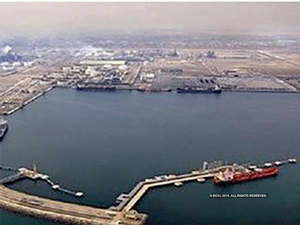 NEW DELHI: Afghanistan has sent five consignments to India from Iran’s Chabahar port since February 2019, the ministry of external affairs told Lok Sabha in what can be viewed as rebutting reports alleging the port’s Phase-1 developed and run by India is dysfunctional after US decided to re-impose sanctions on Iran.
NEW DELHI: Afghanistan has sent five consignments to India from Iran’s Chabahar port since February 2019, the ministry of external affairs told Lok Sabha in what can be viewed as rebutting reports alleging the port’s Phase-1 developed and run by India is dysfunctional after US decided to re-impose sanctions on Iran.
India Ports Global Limited took over port operations in December 2018 and has been successfully handling cargo since then, according to a written reply provided by MEA to Lok Sabha responding to a query on status of India’s role in the strategically located port.
Chabahar port is a major regional initiative by India to ensure connectivity to Afghanistan, Central Asia, Russia and other parts of Eurasia in the backdrop of Pakistan’s denial of connectivity through its territory. The port has also received consignments from India and elsewhere for Afghanistan.

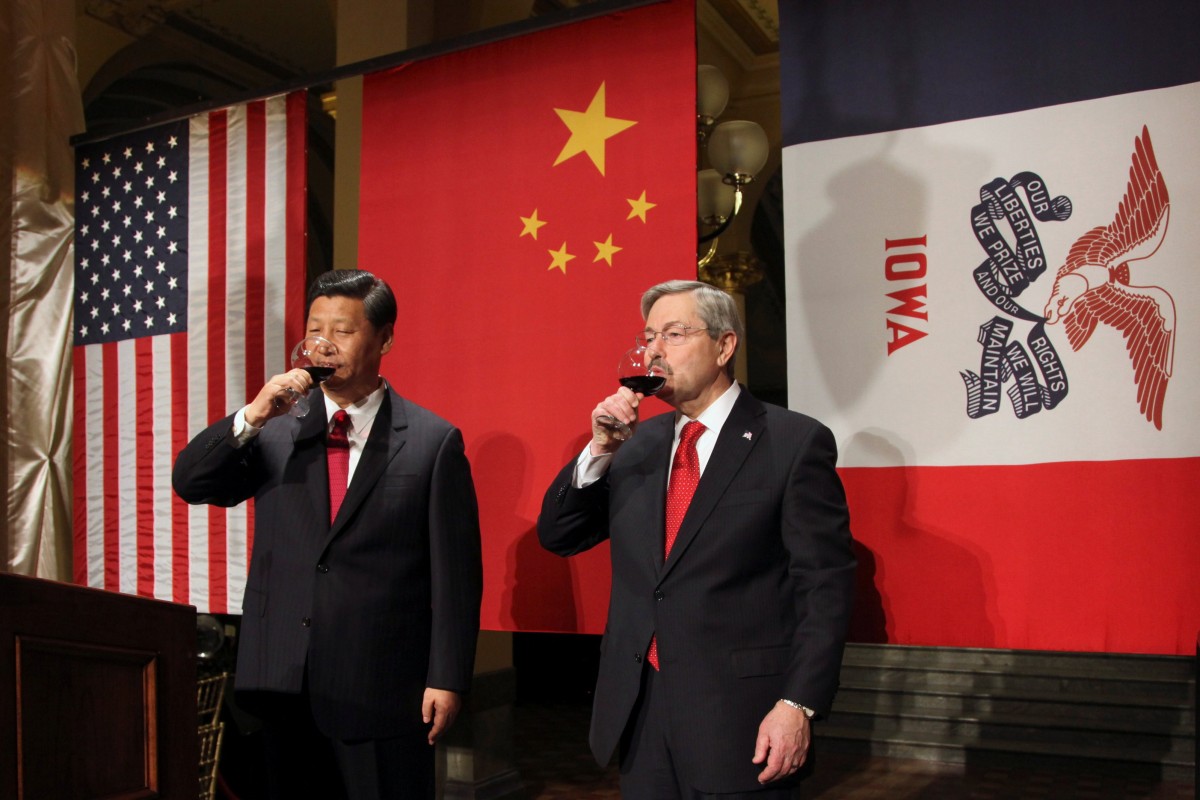


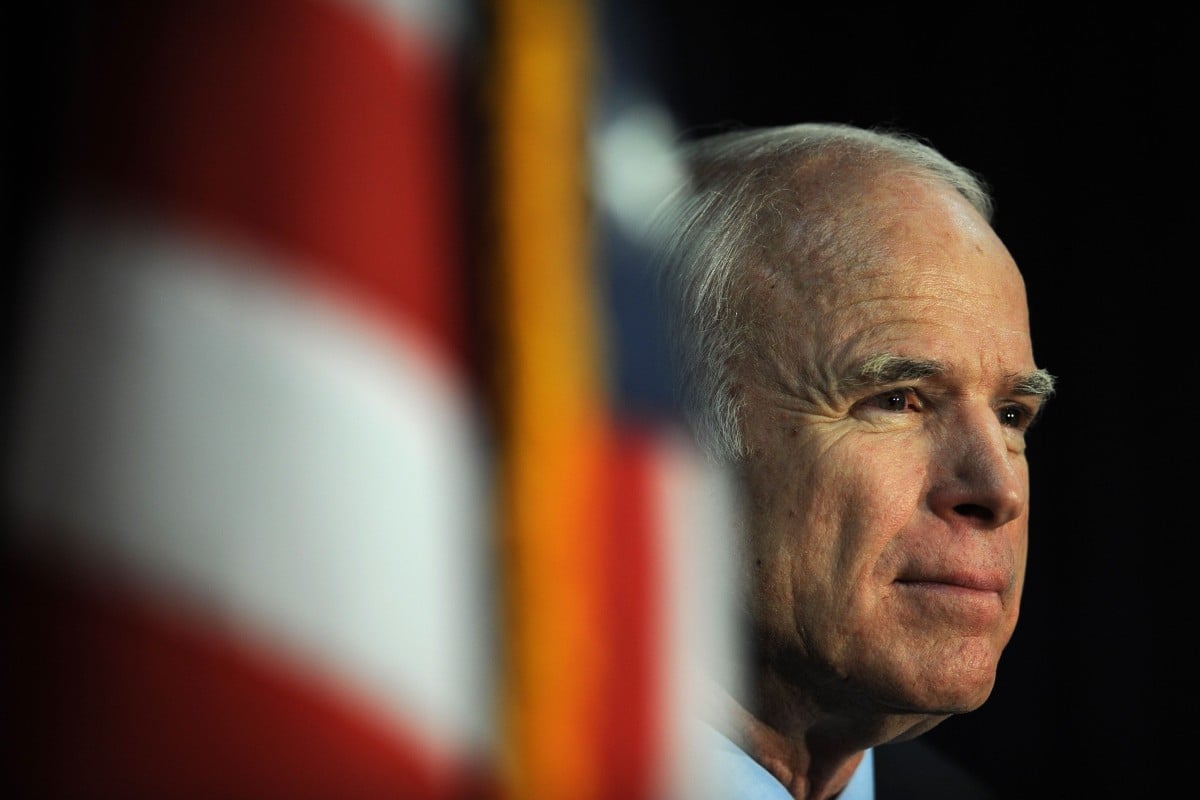

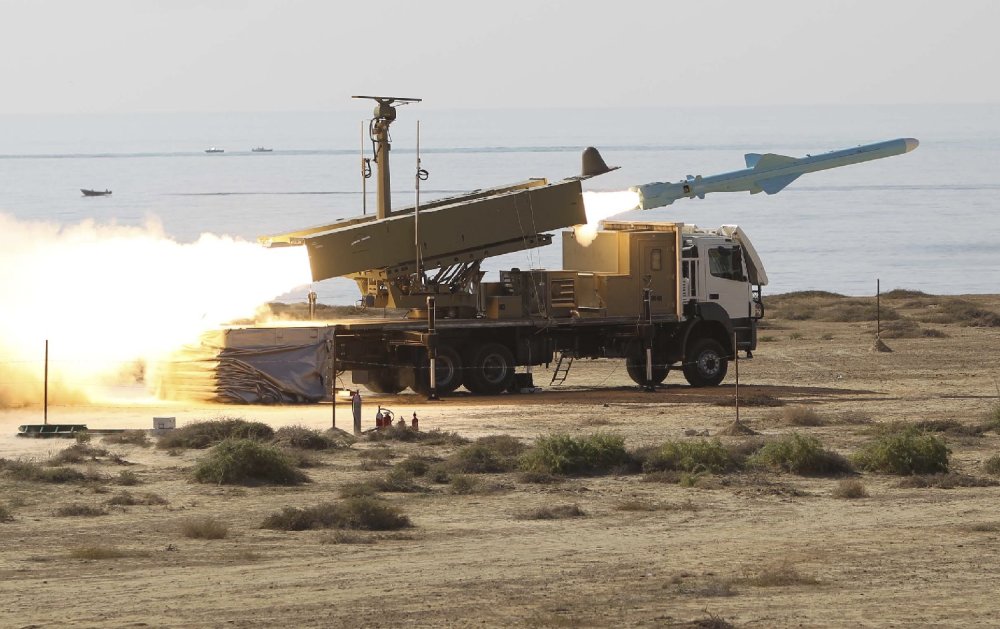


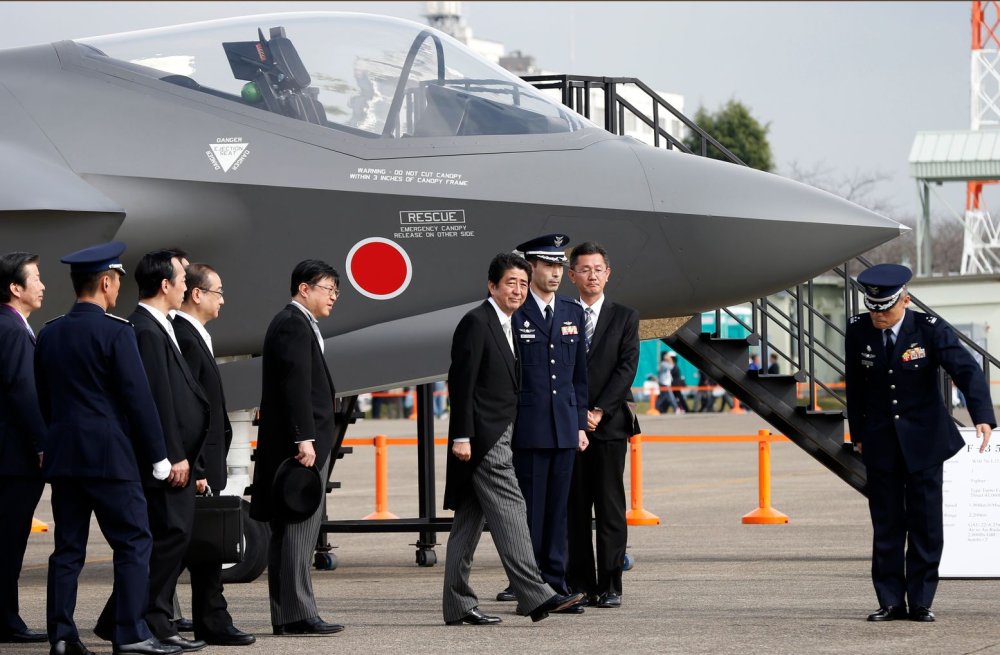
/arc-anglerfish-arc2-prod-mco.s3.amazonaws.com/public/ENIJW234BBAINDB2OPXQLIDXVU.jpg)


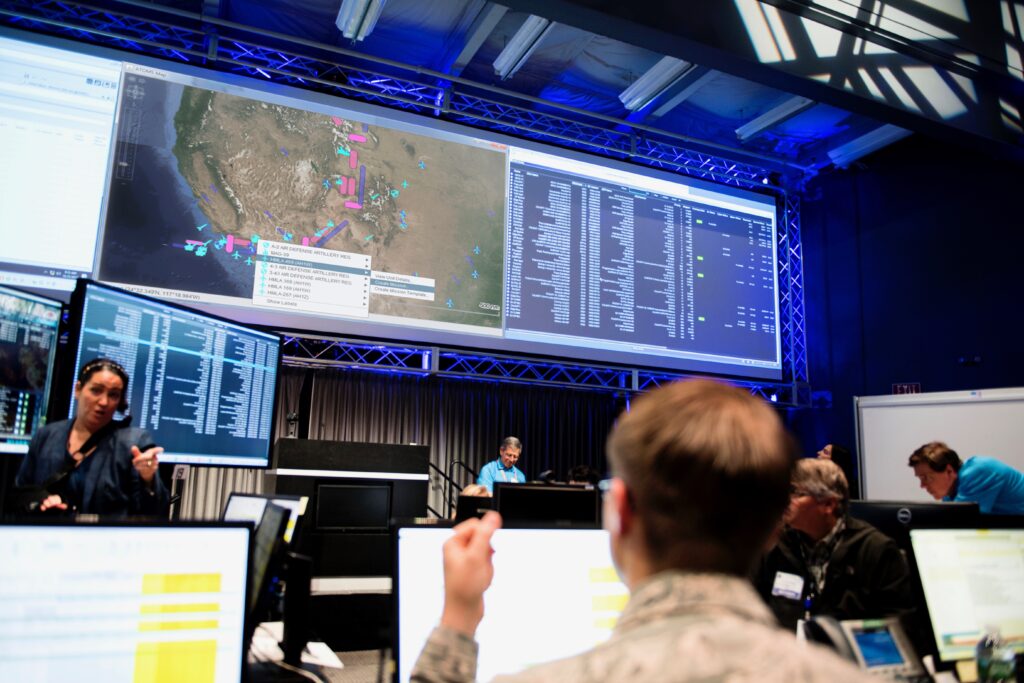

/arc-anglerfish-arc2-prod-mco.s3.amazonaws.com/public/OH42WCQUFRHTNC5F4JIVKROQBA.jpg)


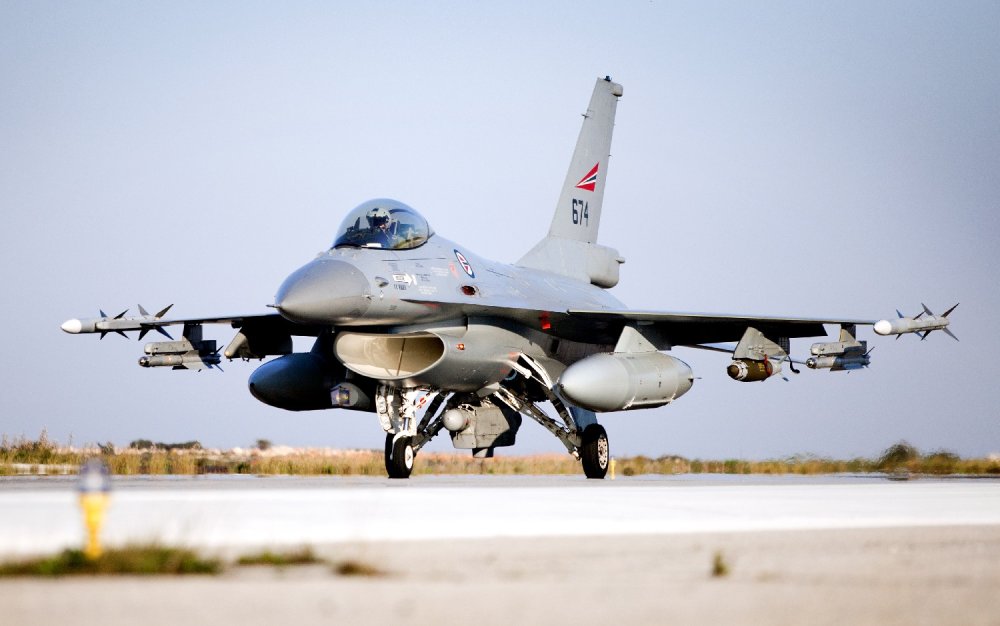
/arc-anglerfish-arc2-prod-mco.s3.amazonaws.com/public/NVHUENSMMRHEVMFQ66IUTH3ECY.jpg)